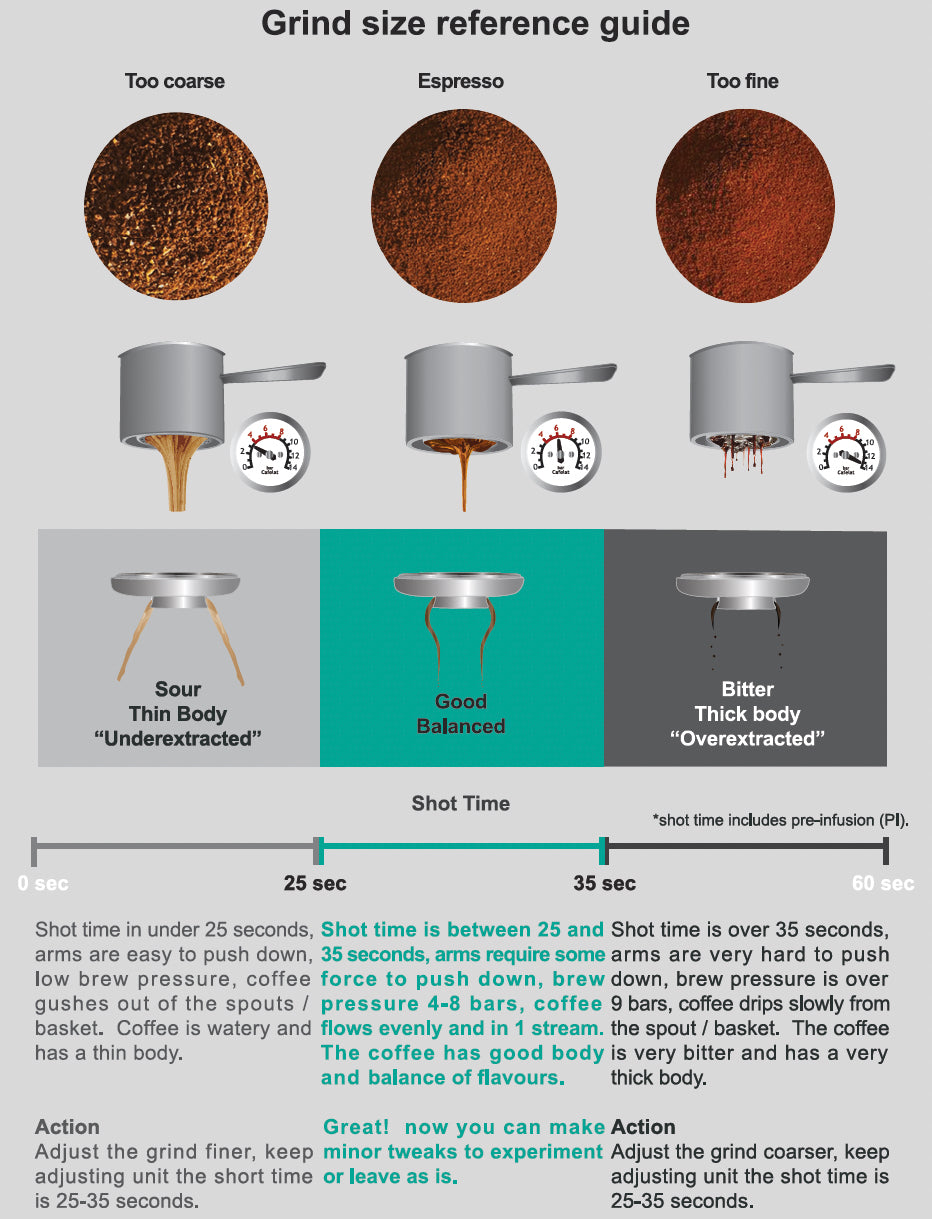For any home barista, learning how to perfectly time espresso extraction can elevate the entire coffee experience. The art of espresso lies in finding the right harmony between timing, grind size, and flow rate. When I first began making espresso at home, I found this balance challenging, but once I grasped the basics, it became an incredibly fulfilling pursuit. Dive into the features and performance in our DeLonghi Magnifica Evo review
Why Proper Timing is Essential in Espresso Extraction
Timing plays a pivotal role in extracting the best possible flavors from your espresso. It influences how much flavor is drawn from the coffee grounds. If the shot extracts too quickly, it leads to under-extraction, which is typically sour and lacks depth. If it takes too long, over-extraction occurs, often resulting in bitterness and an unpleasant aftertaste. Learn why this classic model stands out in our DeLonghi Magnifica S review

Approaches to Espresso Extraction Timing
From my own experience, there are two common methods for timing espresso extraction. Some baristas start the timer as soon as the espresso machine begins its pump cycle, while others wait for the first drip of espresso. Personally, I prefer to begin timing as soon as I press the espresso button. This method includes the pre-infusion stage and ensures more consistent results. Discover the convenience and technology in our Philips LatteGo 5400 review
Finding the Ideal Extraction Time
A well-balanced espresso shot generally falls within the 25 to 35-second range. Through trial and error, I’ve learned that around 30 seconds is often the sweet spot for a full-bodied shot. Shots that extract in less than 25 seconds tend to be sour and weak, indicating under-extraction. If the extraction extends beyond 35 seconds, the shot risks becoming bitter, signaling over-extraction. Explore the compact design and features in our Philips 3200 LatteGo review
Adjusting Grind Size to Fine-Tune Timing
The grind size plays a significant role in the timing of your espresso shot. A finer grind slows down the extraction process, while a coarser grind accelerates it. If your shot pulls too quickly (under 25 seconds), the grind is likely too coarse. Conversely, if the shot takes more than 35 seconds, the grind might be too fine. After experimenting with various grind settings, I found the one that works best with my espresso machine, which has dramatically improved the consistency and quality of my shots. Get all the details on versatility and functionality in our Philips 4300 LatteGo review
Let Flavor Be Your Guide
While timing is crucial, flavor should always be your primary guide. A well-pulled shot will balance sweetness, acidity, and body. If the shot is too sour or lacks depth, it may be under-extracted. In this case, consider adjusting the grind size or tweaking the brew ratio. If the shot is bitter and dry, it’s likely over-extracted, and you may need to use a coarser grind or shorten the extraction time.
Troubleshooting Common Espresso Extraction Issues
Here are a few common problems I’ve encountered with their potential solutions:
- Under-extraction: If the shot is pulled in under 25 seconds and tastes sour, the grind is too coarse. Try grinding finer and pulling the shot again.
- Over-extraction: If the shot takes more than 35 seconds and tastes bitter, the grind is too fine. Switching to a coarser grind will help balance the flavors.
The Role of Pre-Infusion in Timing
Pre-infusion can have a significant impact on the total extraction time. Many high-end espresso machines offer a pre-infusion feature that moistens the coffee grounds before applying full pressure. Including this phase in your timing helps ensure a more uniform extraction. If your machine doesn’t have an automatic pre-infusion function, you can simulate it by briefly starting and stopping the pump manually.
Adjusting Brew Ratios for Better Flavor
The brew ratio, or the proportion of ground coffee to espresso liquid, is another vital element in espresso extraction. A standard starting point is a 1:2 ratio (e.g., 18 grams of coffee to yield 36 grams of espresso). You can adjust this ratio to enhance different flavor notes depending on the coffee.
For lighter roasts, a longer extraction or a lower brew ratio (such as 1:2.5) can bring out fruity, bright flavors. For darker roasts, sticking with the standard 1:2 ratio helps reduce bitterness and maintain a rich, full body.
Sensory Evaluation is Key
In the end, tasting and evaluating your espresso is the most important part of the process. While timing provides a helpful guideline, flavor is the ultimate indicator of success. I’ve pulled shots that were perfectly timed but didn’t taste right due to inconsistent grind sizes or inaccurate brew ratios. By experimenting with these variables, I’ve improved my ability to consistently pull exceptional shots.
Conclusion: The Path to Espresso Perfection
Becoming an expert in espresso extraction requires practice, patience, and attention to detail. By focusing on key factors like timing, grind size, and flavor, you’ll soon be pulling shots that rival those from your favorite café. Embrace the process, experiment with confidence, and trust your palate to help you create consistently outstanding espresso.
